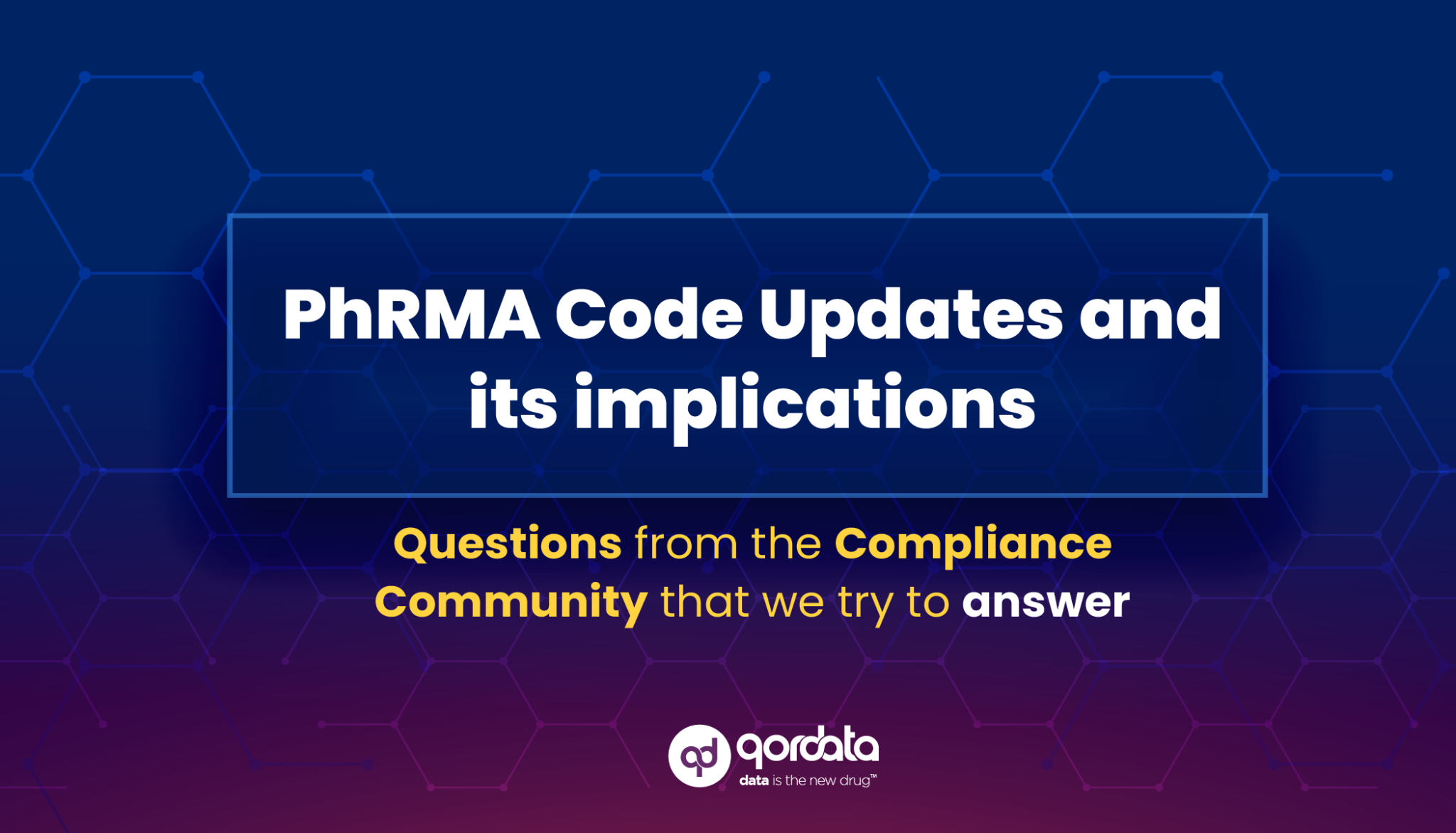Table of Contents
ToggleMonitoring is the ongoing evaluation of business activity taking place, working as intended, and expected outcomes occurring. If your current compliance monitoring program does not align with this definition, it’s better to reevaluate the program to ensure it aligns.
Other than ensuring a high level of comfort, a well-designed compliance monitoring program provides highly valuable insights for the organization and compliance teams that they can leverage to demonstrate value to the stakeholders, ensure that compliance risks are being managed and remediated efficiently, and contribute to enhancing the effectiveness of the existing compliance monitoring program over time.
It requires extensive experience and expertise to build an effective compliance monitoring program that can deliver value. Therefore, the informed approach toward building an effective compliance monitoring program would be to get highly experienced compliance leaders involved in building and implementing a compliance monitoring program.
Senior professionals can ensure that the program being implemented is designed according to the rules and regulations imposed by the government and supports your organization’s internal regulatory requirements.
However, as mentioned earlier, the ultimate objective isn’t only to create a compliance monitoring program that provides you, as a compliance leader or stakeholder, with assurance as to the adequacy and effectiveness of your compliance operations but primarily helps you identify compliance risks highlighted by the HHS-OIG, unlocks valuable insights and enables you to plan remediation quickly.
Key Focuses to Maximize Value & Insights from A Compliance Monitoring Program
1. Risk-based
The compliance monitoring program of your organization should identify risks, enabling the compliance team to effectively mitigate those risks and see why they occurred in the first place.
Risk identification can also enable you to define what must be done to reach the next stage in compliance monitoring and continually execute, evaluate, and repeat the process to minimize the probability of risks.
Through analyzing historical data in terms of evaluating compliance risks and threats, life sciences and pharmaceuticals can create a risk-based compliance monitoring program that quickly responds to evolving risks while enhancing the efficiency of the overall compliance program.
2. Designed to Remediate
Quick remediation would ensure timely and effective data reporting to the CMS or any other regulatory body while ensuring compliance friendliness at all levels.
Compliance leaders should ensure that the compliance monitoring program they are building must demonstrate the ability to help compliance teams identify, control, and remediate risks.
Prevention, detective, data-driven, and automation are some sub-components of a remediation-driven compliance monitoring program that will contribute to building a program capable of addressing compliance challenges.
3. Actionable
The insights derived through the compliance monitoring efforts should be actionable and intelligible. See the article to learn more about actionable insights and how compliance leaders can put them to work.
The relevancy and quality of the information matter here because the primary objective is to extract accurate, actionable data or real-time insights through the compliance program so that remediation tactics, enhancements, and other necessary actions can be implemented on time.
4. The Data-Driven Compliance Solution
A data-driven and automated solution that digitalizes the entire compliance monitoring, risk identification, mitigation, and other related compliance monitoring functions is perhaps the best way to maximize value and insights.
By assigning specific roles to compliance team members, compliance leaders can monitor the data collected on different levels.
In addition, a compliance solution would also replace a manual defensive mechanism that a compliance department leverages/utilizes to avoid compliance risks, not to mention significantly reducing the time it takes to perform certain compliance monitoring activities and maximizing benefits to your organization.
Next Steps
The best way to maximize value and insights from compliance monitoring is by ensuring the above-mentioned aspects. Moreover, by focusing on them, other compliance imperatives, such as addressing the government’s expectations, keeping up with the evolving compliance demands, and managing and mitigating unmitigated risks, would become comparatively easier.
Know that an effective compliance monitoring program can address the issues mentioned above, deliver value to your organization, and allow you to gear your attention toward the organization’s greatest threats or compliance risks.
Moreover, while your data-driven compliance monitoring program enables you to abide by laws, execute strategies and perform other critical actions, it also contributes to building an employee ownership of a positive compliance culture.
While monitoring compliance through data-driven software, the compliance team would operate proactively, fostering a culture of compliance.



